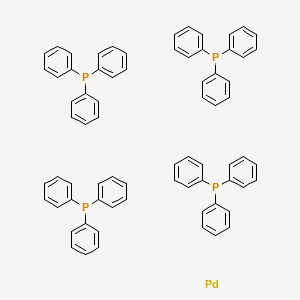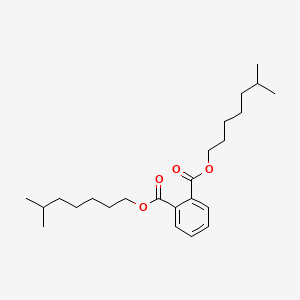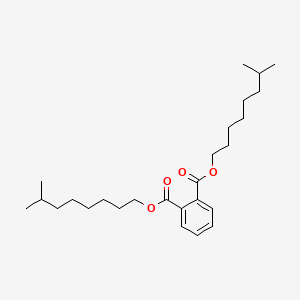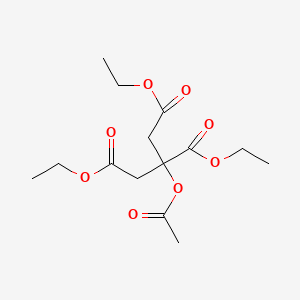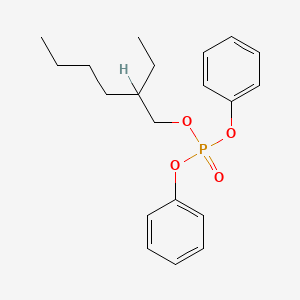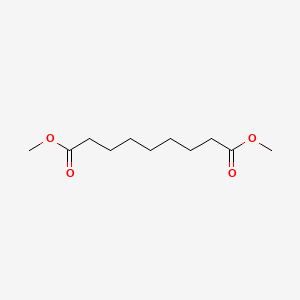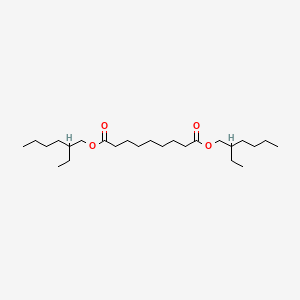Tetrakis(Triphenylphosphine)Palladium CAS 14221-01-3
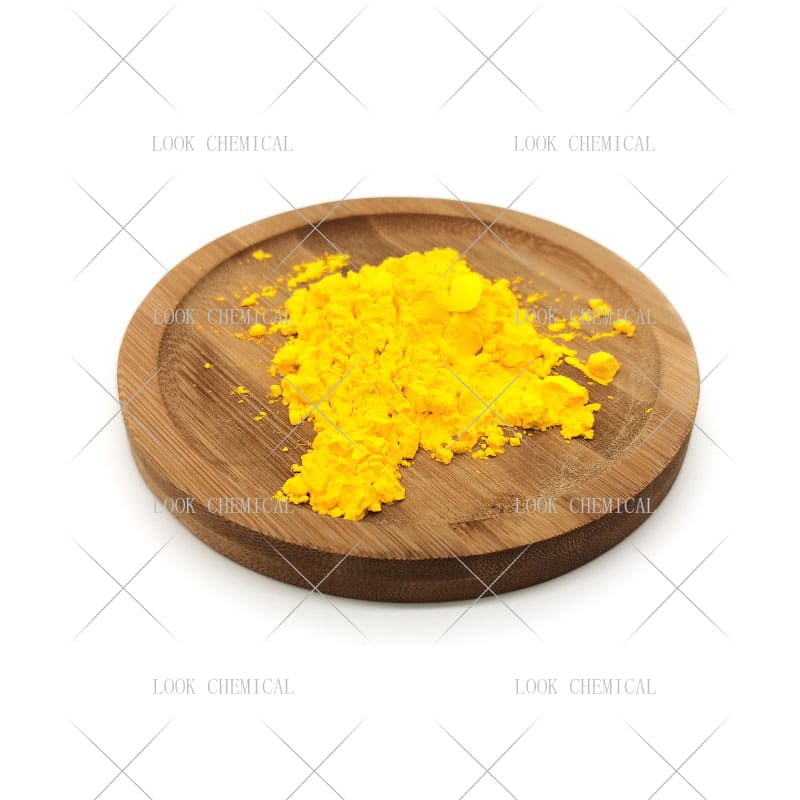

Free Sample Tetrakis(Triphenylphosphine)Palladium CAS 14221-01-3
- Appearance:Powder
- Purity:99.8%
- Delivery:30days
- Sample Available:Available
- Payment:L/C,T/T,D/P,Paypal,Money Gram,Western Union
- Incoterm: FOB,CFR,CIF,EXW,FCA,CPT,CIP
- Transporta:Ocean, Land,Air, DHL,TNT FedEx
Name: Tetrakis(Triphenylphosphine)Palladium
CAS: 14221-01-3
MOQ: 1KG
Directory Guidance on Tetrakis(Triphenylphosphine)Palladium
Chemical Structure
Basic Info:
| Melting point | 103-107 °C |
| vapor pressure | 0Pa at 25℃ |
| storage temp. | 2-8°C |
| solubility | Chloroform (Slightly), Ethyl Acetate (Slightly), Methanol (Slightly) |
| form | Fine Powder or Platelets |
Product Introduction:
Tetrakis(Triphenylphosphine)Palladium is an important metal organic compound with the chemical formula C72H60P4Pd, comprising four triphenylphosphine ligands surrounding zero-valent palladium atom centers in regular tetrahedral geometry that conforms to 18 electron rule and displays unique catalytic activity during chemical reactions. It has an approximate molecular weight of about 1155.56 and melting points between 103 to 107 degrees Celsius while its boiling point stands at 360 degrees Celsius ; it insoluble in water but soluble in organic solvents such as benzene and toluene.
Tetrakis(Triphenylphosphine)Palladium can be manufactured through a two-step method. First, palladium chloride is combined with triphenylphosphine to produce Pd(PPh3)2Cl2, before reacting with more triphenylphosphine to form Tetrakis(Triphenylphosphine)Palladium. Typically this process occurs under inert gas protection to avoid any oxidation; additionally it requires refrigeration storage conditions as it will gradually change from yellow to orange when exposed to air; therefore storage conditions must remain light-proof with plenty of argon present for safe operation.
Tetrakis(Triphenylphosphine)Palladium is an efficient catalyst that finds widespread application in organic synthesis. As an efficient cross-coupling agent, Suzuki coupling, Heck reaction and Negishi coupling reactions utilizing it have great significance in synthesizing complex organic molecules. Furthermore, hydrogenation reactions, polymerization reactions and isomerization reactions of organic compounds including aromatics and alkenes can all take advantage of its usefulness; in pharmaceutical fields it serves as a dedicated catalyst in synthesizing Avermectin benzoate; while also widely employed when synthesizing other drugs and fine chemicals.
Tetrakis(Triphenylphosphine)Palladium can be an invaluable addition to chemical synthesis; however, when handling and storing it you should pay special attention. As its use could potentially irritate skin or respiratory tract tissues directly, direct contact should be avoided during operation in a well-ventilated space and waste must follow local regulations so as not to pollute the environment. Likewise, being sensitive to air and light, storage conditions should remain dry and cool with strict control on contact with oxides, acids or any other substances.
Nature and Specifications:
| Item | Specification |
| Product Name | Tetrakis(Triphenylphosphine)Palladium |
| CAS No. | 14221-01-3 |
| Appearance | Powder |
| Shelf Life | 2 years |
| Packing | As your requirements |
| color | Bright yellow to khaki |
| Water Solubility | insoluble |
| Sensitive | Light Sensitive/Air Sensitive |
| Hydrolytic Sensitivity | 7: reacts slowly with moisture/water |
Product service:
- Certificate Of Analysis (COA)
- Material Safety Data Sheet (MSDS)
- Route of synthesis (ROS)
- Method of Aanlysis (MOA)
- Nuclear Magnetic Resonance (NMR)
- Packing pictures and loading video before loading
- Free Sample
- Factory audit
Tetrakis(Triphenylphosphine)Palladium is an extremely useful zero-valent palladium complex that has found widespread application due to its unique catalytic properties. Organic synthesis relies heavily on cross-coupling reactions for carbon bond formation. Furthermore, they play an integral part in creating carbon-carbon and carbon-hetero bonds. Example of Suzuki coupling reaction. Suzuki coupling reaction efficiently catalyzes coupling of aryl halides with boronic acid to generate new carbon-carbon bonds, an essential step in natural product and drug molecule synthesis. Additionally, it plays a pivotal role in Heck, Stille coupling reaction Sonogashira coupling reaction and Negishi coupling reactions – four mild and high yield reactions used to synthesize complex organic molecules efficiently.
Tetrakis(Triphenylphosphine)Palladium is an indispensable catalyst in medicine. It is used to synthesize various drug intermediates, such as the pesticide intermediate Avermectin Benzoate. When synthesizing drugs using this material, its key carbon-carbon and carbon-hetero bonds are efficiently constructed, helping produce complex molecules with great ease. Furthermore, its unique advantages in creating chiral drug molecules make its use especially useful in pharmaceutical research and development efforts due to its selectivity and efficiency; meeting research requirements precisely.
Tetrakis (Triphenylphosphine) Palladium not only finds uses in organic synthesis and medicine, but it can also provide valuable support in materials science. It can be used to prepare conductive polymers as well as synthesize specific functions polymer materials through catalytic polymerization reactions. When it comes to optoelectronic materials development it provides strong support in building molecules with specific structures for improving optoelectronic properties of materials and providing research & development of new ones.
Tetrakis (Triphenylphosphine) Palladium’s application range has also been expanded into other chemical reactions, such as elimination reactions in organic synthesis or stereoselective isomerization of olefins and dienes for stereospecific compounds synthesis, while acting as a catalyst in certain polymerization reactions – further demonstrating its versatility as a catalyst.
Tetrakis (Triphenylphosphine) Palladium offers wide-ranging applications across numerous fields; however, consideration must be paid to its sensitivity to air and light when in use. As the material easily oxidizes when exposed to air or light and will gradually transform from yellow to orange with prolonged exposure, special care must be taken during its storage and handling processes to preserve its color – sealing or refrigerating is often recommended under lightproof or argon-filled conditions for best results. In order to protect users during operations direct skin contact should be avoided and carried out under well-ventilated conditions for safety.
Tetrakis (Triphenylphosphine) Palladium plays an invaluable role in many areas, such as organic synthesis, pharmaceutical R&D and materials science. With its high efficiency and selectivity it makes an indispensable tool in modern chemical research; however, reaction conditions and storage environments must be strictly managed during use to maintain its stability and maximize catalytic effectiveness for use in chemical synthesis.
Compared with other palladium catalysts (such as Pd(OAc)2 or Pd/C), the core advantage of Tetrakis(Triphenylphosphine)Palladium lies in its unique ligand effect. The triphenylphosphine ligand not only stabilizes the zero-valent palladium center through strong σ-electron donation ability, but also regulates the accessibility of the catalytic active site through steric hindrance. This synergistic effect makes it highly active and selective in coupling reactions, especially suitable for complex substrate systems containing sensitive functional groups (such as cyano and nitro groups).
From the perspective of catalytic efficiency, the turnover number (TON) of Tetrakis(Triphenylphosphine)Palladium can reach 10^4 level, far exceeding most heterogeneous catalysts. For example, in the Suzuki coupling of aryl chlorides, its catalytic efficiency is more than 10 times higher than that of Pd/C, and no harsh high temperature conditions are required (usually 80-100℃ can be completed). This high efficiency directly reduces the energy consumption and palladium metal loss of industrial production.
In terms of reaction compatibility, Tetrakis(Triphenylphosphine)Palladium exhibits excellent functional group tolerance. Experiments have shown that it can maintain catalytic activity in the presence of ester groups, ketone groups, and even some reducing groups (such as hydroxyl groups), making it an ideal choice for multi-step synthetic routes. For example, in the total synthesis of natural products, researchers can use Pd(PPh3)4 to directly introduce aromatic fragments in the later stage without protecting the existing functional groups.
Product stability and economy are also significant advantages of Tetrakis(Triphenylphosphine)Palladium. Although the single purchase cost is higher than that of some palladium salts (such as PdCl2), its recyclability significantly improves the overall economy. Through ligand exchange or adsorption-desorption process, industrial-grade Tetrakis(Triphenylphosphine)Palladium can be recycled 5-7 times, and the palladium recovery rate exceeds 95%. In addition, its clear molecular structure is conducive to quality control, and the batch-to-batch difference is less than 2%, meeting the GMP-level production requirements.
From the perspective of technological development trends, research on Tetrakis (Triphenylphosphine) Palladium in the field of asymmetric catalysis continues to deepen. Through the introduction of chiral phosphine ligands, multiple derivatives (such as Pd ((R) -BINAP) (PPh3) 2) have been developed, and breakthroughs have been made in the construction of chiral carbon centers. These advances have further consolidated its core position in the synthesis of fine chemicals, and the relevant market size is expected to maintain an annual growth rate of more than 8% in the next five years.
Contact Us
Product Package picture:
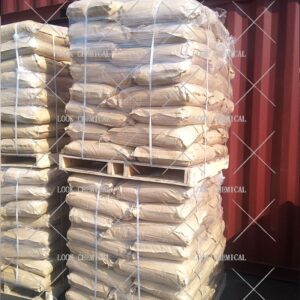
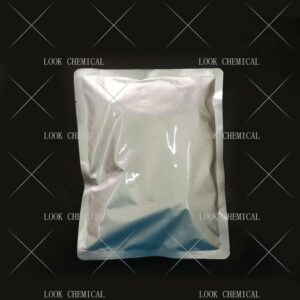
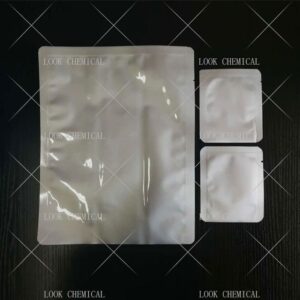
Related References:
chemicalbook-Tetrakis(Triphenylphosphine)Palladium
Tetrakis(Triphenylphosphine)Palladium Manufacturer
Contact Us
As an experienced Tetrakis(Triphenylphosphine)Palladium manufacturer and supplier, Look Chemical is committed to producing and selling high quality products.
We cooperate and trade with 6000+ factories around the world, and our high-quality products and excellent services make us enjoy a high reputation internationally.
As Tetrakis(Triphenylphosphine)Palladium CAS 14221-01-3 supplier, Look Chemical provides supply chain solutions to partners and customers in a wide range of industries. We offer competitive pricing and quality products.
If you have a demand for this product, please contact our company’s sales staff, we will provide you with a solution in the shortest time.
Transport proposal

1. For products ≤50kg, we recommend using express delivery, which is usually called DDU service (discounted, convenient).
2. For products ≤500kg, we generally recommend air freight, which is usually called FOB, CFR or CIF service (fast and efficient).
3. For products >500kg, we generally recommend shipping by sea, which is usually called FOB, CFR or CIF service (economical, safe).
4. For high-value products, please choose air or express to ensure the safety of product transportation.
Shandong Lookchemical service:
* Timely reply and 24 hours online, the professional team will provide you with the most favorable prices and high-quality products.
* The sample supports testing and inspection.
* Each batch of products will be tested to ensure that its quality meets user needs.
*Packaging can also be made according to customer requirements.
*Any inquiries will be answered by our relevant personnel within 24 hours.
*We will provide you with commercial invoice, packing list, packing list, COA, health certificate and certificate of origin if you need it. If your market has other special requirements, please let us know.
*We will monitor the logistics information in real time and will share the information with you.
* You can consult us at any time if you have any questions about the product, and we will answer you in time.
*If you have any questions about the product, you can report it to us, we will deal with it in time for you, and the product can be returned.
Contact Us
Frequently Asked Questions(FAQ):
We will make samples before mass production, and after sample approved, we’ll begin mass production. Doing 100% inspection during production, then do random inspection before packing.
Our MOQ is 1kg. But usually we accept less quantity such as 100g on the condition that sample charge is 100% paid.
Yes. We’ll give you product analysis report before shipping.
Different quantity has different discount.
Yes. Welcome to visit.
You can get free samples for some products,you only need to pay the shipping cost or arrange a courier to us and take the samples. You can send us your product specifications and requests,we will manufacture the products according to your requests.

